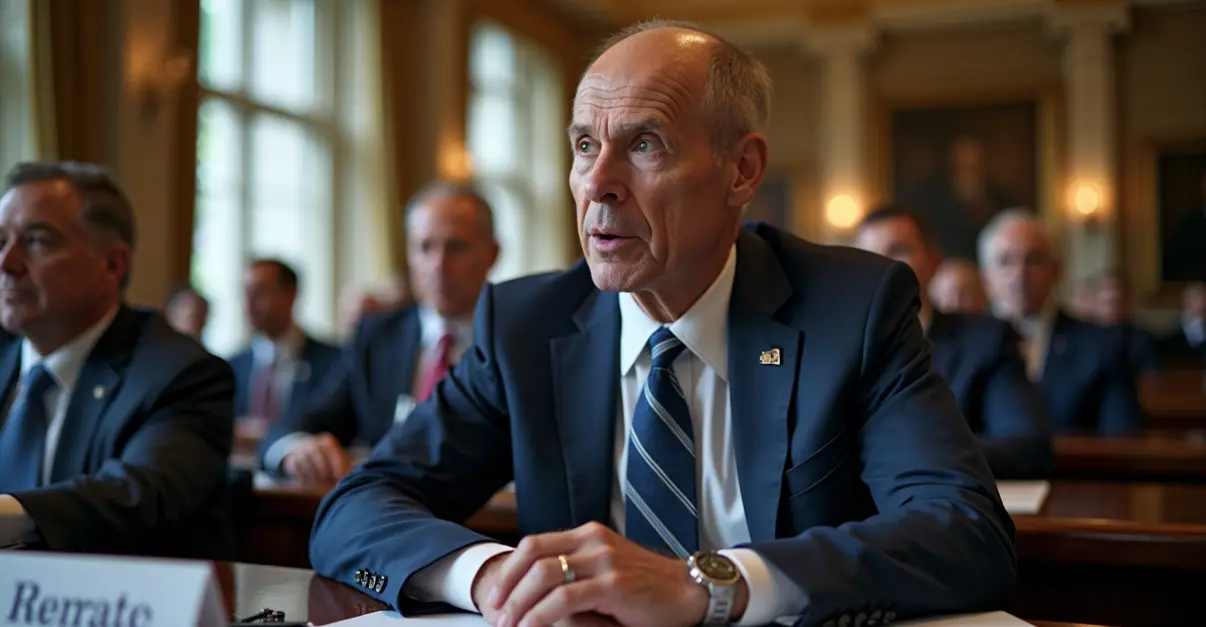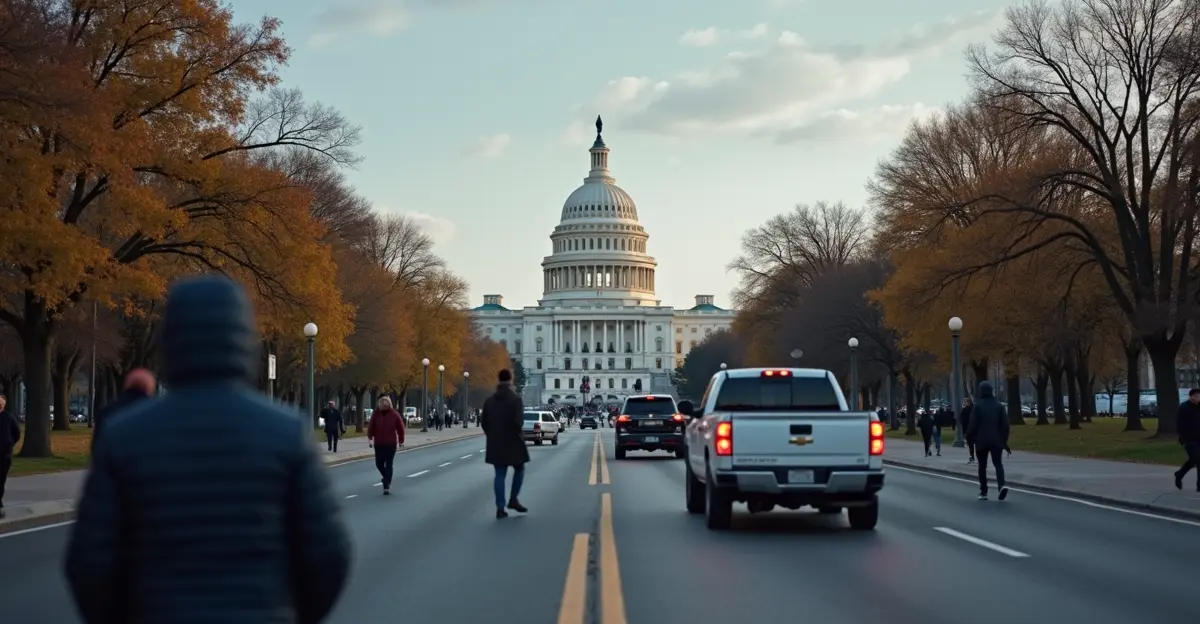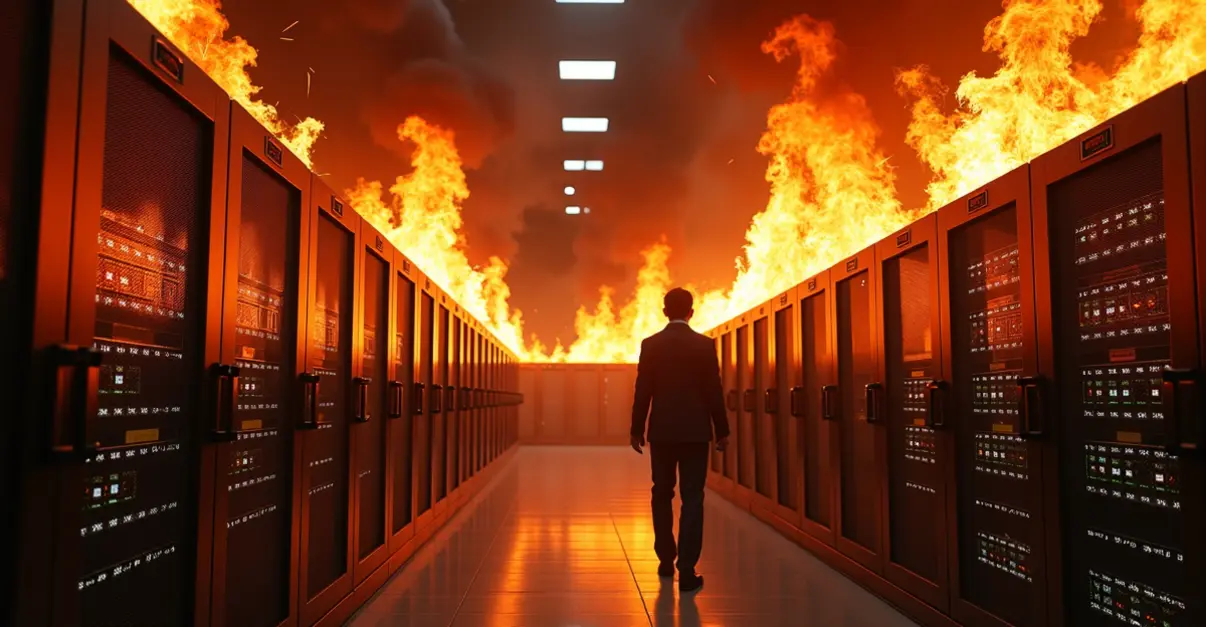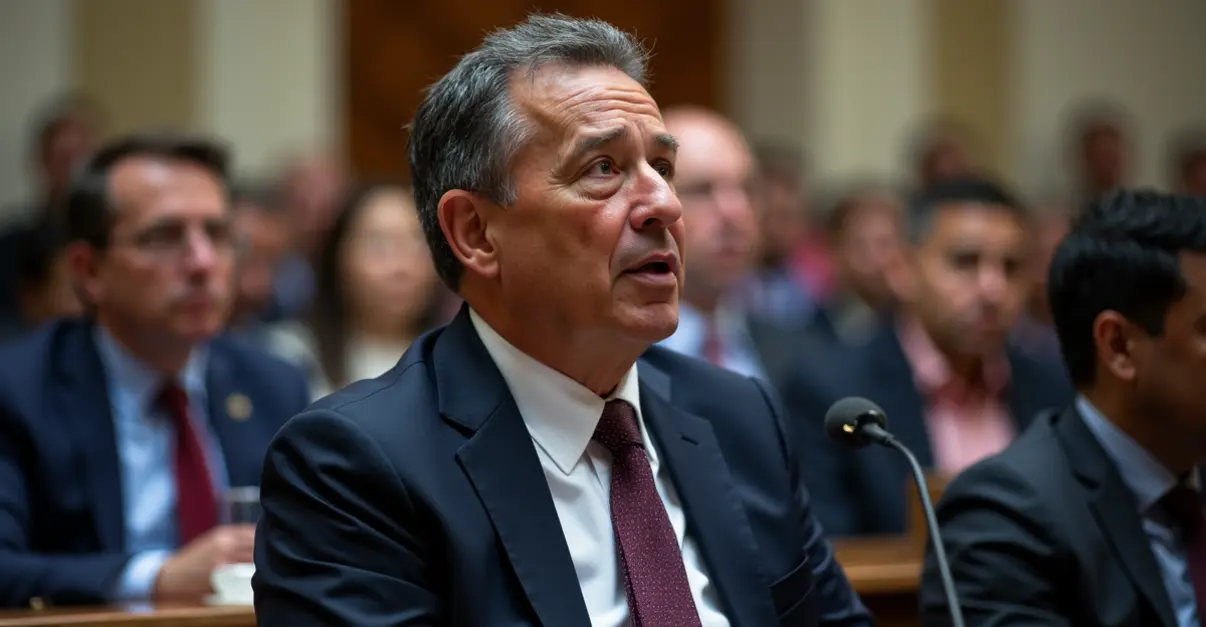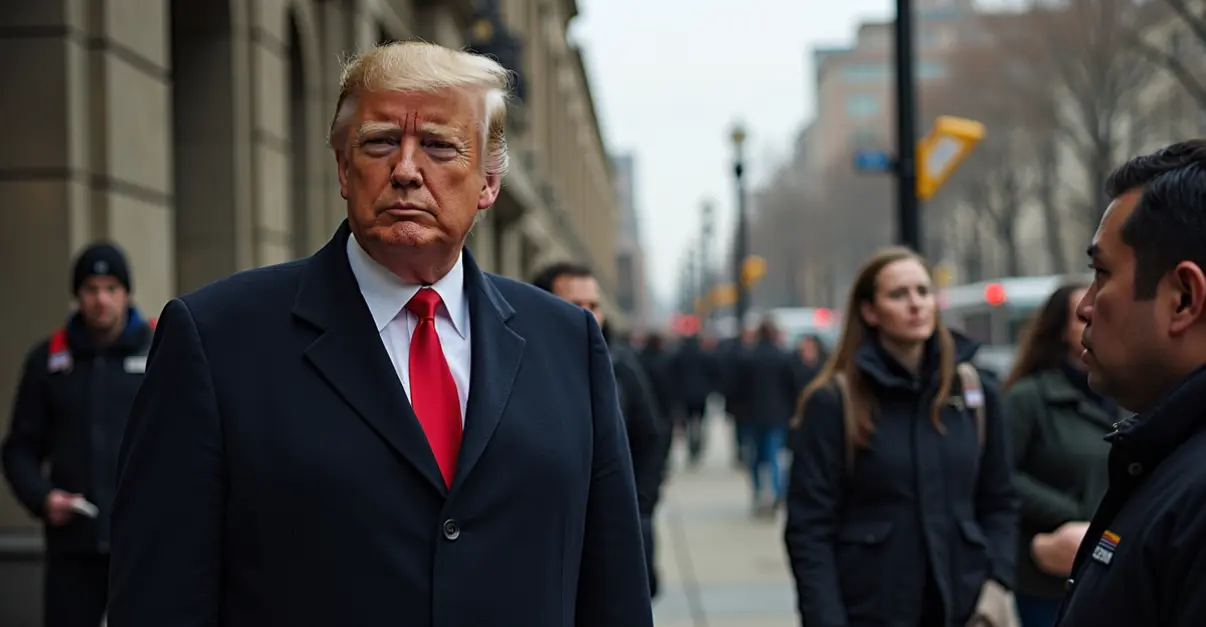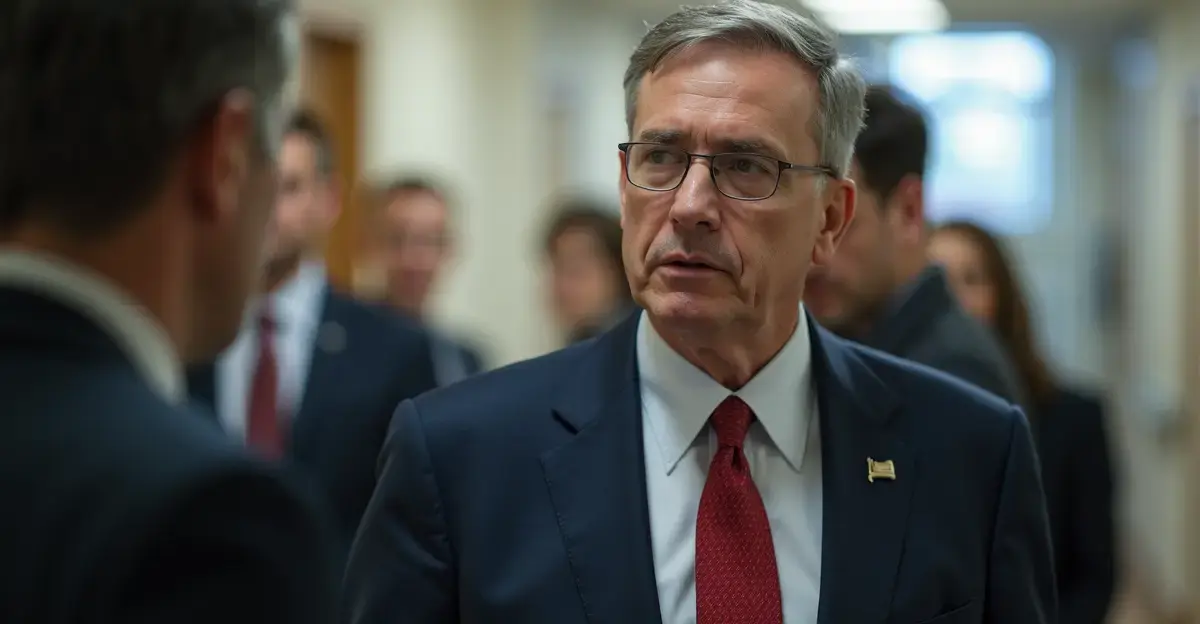President Trump ends the longest US government shutdown at 43 days by signing funding bill through January 30. The shutdown affected 900,000 furloughed workers, air travel, and 42 million food stamp recipients.
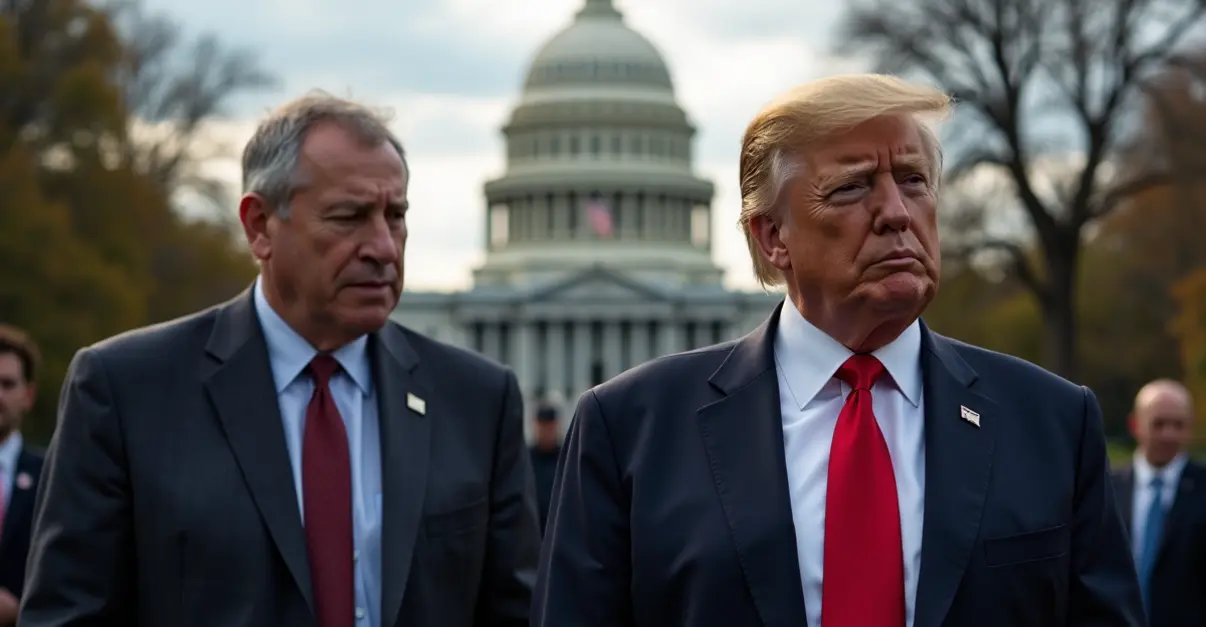
Longest Government Shutdown in US History Concludes
President Donald Trump has officially ended the longest government shutdown in American history by signing a funding bill that will keep federal agencies operational until January 30. The 43-day shutdown, which began on October 1 when Congress failed to pass appropriations legislation for the 2026 fiscal year, finally concluded after intense political negotiations and mounting pressure from affected Americans.
'The government resumes its normal operations,' Trump declared during the signing ceremony at the White House. 'This is a very big victory for the American people.'
Congressional Approval Process
The House of Representatives passed the legislation with a narrow 222-209 vote, with nearly all Republicans supporting the measure and almost all Democrats opposing it. The Senate had already approved the bill earlier in the week, setting the stage for the president's signature. The shutdown marked the 11th time federal employees were furloughed and surpassed the previous record of 35 days set during the 2018-2019 shutdown.
Republican Representative Tom Cole, chairman of the House Rules Committee, reflected on the ordeal: 'We warned you 43 days ago, from bitter experience, that shutdowns don't work. They never achieve the announced goal. And guess what? That goal hasn't been achieved now and it won't be.'
Root Causes and Political Standoff
The shutdown stemmed from a fundamental disagreement over healthcare subsidies. Democrats refused to support a temporary budget proposal that didn't include an extension of Affordable Care Act tax credits scheduled to expire in November 2025. These subsidies help approximately 24 million Americans afford health insurance by limiting premium costs to between 2.07% and 9.38% of household income.
Republicans maintained that healthcare funding should be addressed separately from the broader budget debate. The political impasse lasted for weeks as both sides dug in their heels, with the shutdown's effects becoming increasingly severe across the nation.
Widespread Impact on Americans
The prolonged shutdown had devastating consequences for millions of Americans. Approximately 900,000 federal employees were furloughed, while another 2 million continued working without pay since October 1. The economic damage was substantial, with estimates suggesting over $7 billion in economic losses and fourth-quarter GDP growth projections being cut in half from initial 3% estimates.
Air travel experienced significant disruptions as the Federal Aviation Administration implemented flight reductions of 4-6% due to air traffic controller staffing issues. Major airports including Washington, Atlanta, San Francisco, and Newark reported extensive delays and cancellations, with concerns that the disruptions could affect Thanksgiving travel plans.
Food assistance programs were severely impacted, with 42 million Americans receiving Supplemental Nutrition Assistance Program (SNAP) benefits facing uncertainty about November payments. The Supreme Court temporarily paused a lower court ruling requiring full benefit payments, leaving recipients in financial limbo.
Path Forward and Lingering Challenges
While the immediate crisis has been resolved, the funding only extends through January 30, setting up another potential budget battle early next year. As part of the agreement, Senate Democrats secured a promise for a vote on the healthcare subsidy issue by mid-December, ensuring the debate will continue.
Federal workers will receive back pay for the shutdown period, though historical precedent suggests it could take months for full payment processing. Government services will gradually resume normal operations, but experts warn that some disruptions may persist for weeks as agencies work through backlogs accumulated during the 43-day shutdown.
The resolution comes as a relief to millions of Americans who endured financial hardship and service disruptions, but the political divisions that caused the shutdown remain unresolved, suggesting future budget battles may be inevitable.

 Nederlands
Nederlands
 English
English
 Deutsch
Deutsch
 Français
Français
 Español
Español
 Português
Português




